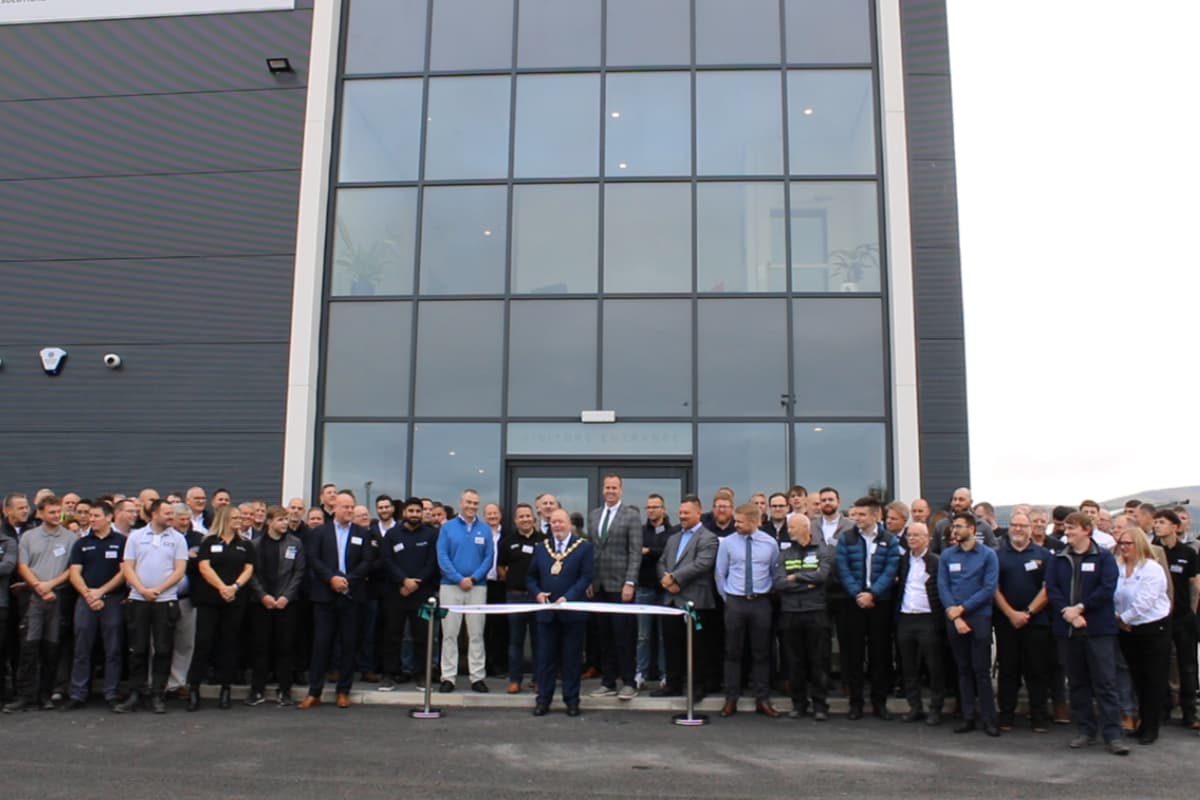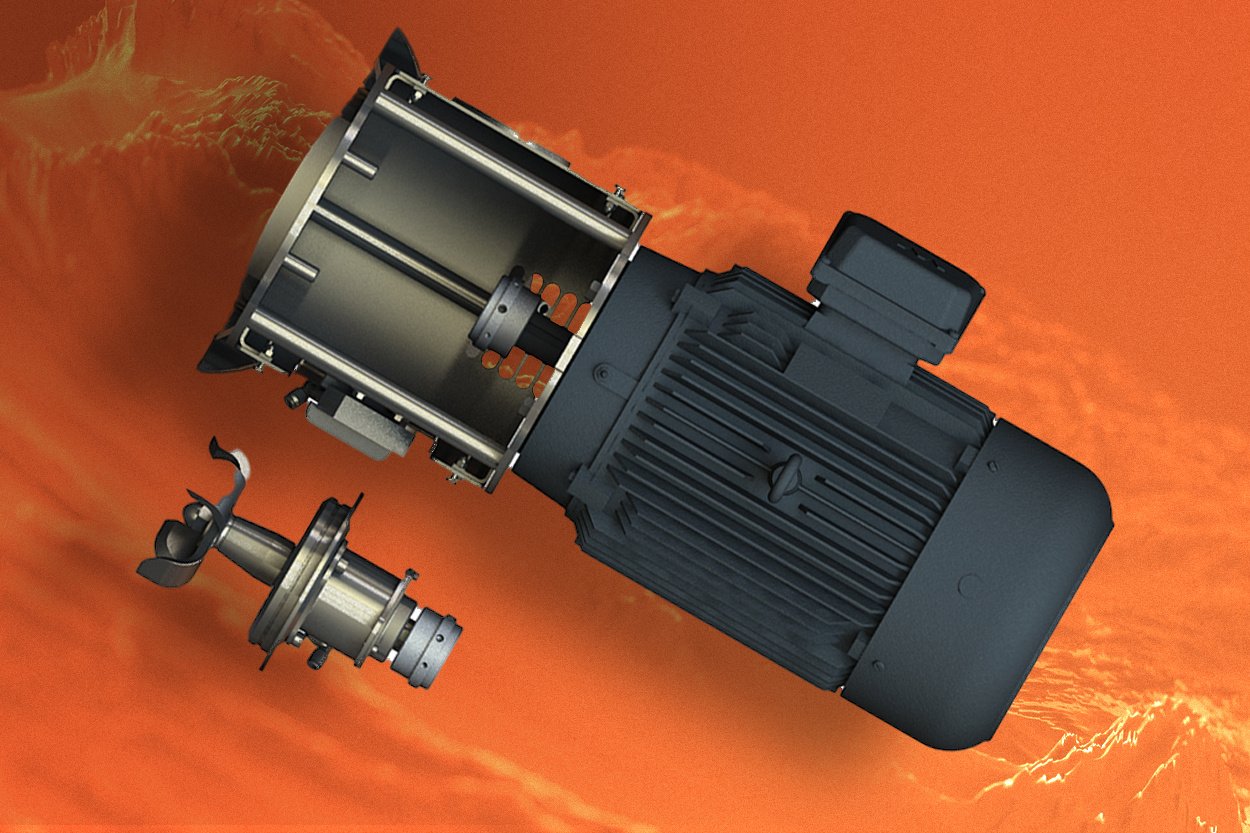Industrial Microwave Drying Myths: Separating Fact from Fiction
 Despite all the research, case studies and testimonials supporting the effectiveness of microwave-assisted heating equipment, several myths about the technology continue to persist.
Despite all the research, case studies and testimonials supporting the effectiveness of microwave-assisted heating equipment, several myths about the technology continue to persist.
To shed some light on the matter, we’ll dive into four of the biggest myths to help separate fact from fiction.
Myth #1: Microwave Drying is Risky
For the uninitiated, one of the biggest falsehoods is that exposure to microwaves from industrial processors causes cancer, said Parth Jani, principal thermal mechanical engineer at Advanced Material Processing.
“These microwaves are a form of non-ionizing radiation, which means they do not have enough energy to damage DNA and cause cancer,” Jani said. “That said, you still do not want long-term exposure, which is why we go to great lengths to prevent even accidental exposure during operation by incorporating additional safety measures into the design.”
These additional safety measures include:
- Several layers of safety interlocks to prevent operators from gaining access to the microwave chamber during operation
- Significantly fewer heated surfaces and lower temperatures compared to gas heating systems
- Leak detection as part of routine checks to eliminate microwave exposure
- Tuning to match the impedance load with manual as well as automatic tuners to minimize reflected power for increased process efficiency
- application of inert gas (such as nitrogen or argon) to minimize arcing and prevent risk of fire or explosion when processing volatile organic compounds
Myth #2: Microwave Processing Doesn’t Heat Evenly or Damages Material
Uneven heating is another concern with microwave processing. When microwaves bounce around and mix together, they create areas where the energy is really strong (E-field hotspots) and where there’s almost no energy (E-field coldspots). In a home microwave, this explains why some parts of food get really hot while others stay cool. By adding a turntable to the microwave, the food can be heated or cooked uniformly.
In industrial material processing applications, you can fix this issue and promote more uniform heating by adding a mixer to the system.
“By incorporating a mixer into the process, you can ensure your product is continuously moved and reoriented for a more uniform exposure to the microwaves – which is important for bulk materials or semi-liquid products,” Jani said.
Another reason people may think microwave heating is inefficient concerns penetration depth, which measures how deep microwaves can penetrate into material. Conventionally, it is defined as the depth at which the intensity of the microwaves inside the material falls to 1/e (Napier’s constant or Euler’s number) at surface. When the penetration depth is smaller than the thickness of the material, the surface layers can get much hotter than the interior, leading to lower absorption and uneven heating. Unabsorbed radiation gets either reflected back to the microwave generator or the metal trough of the mixer, which helps the microwaves penetrate the material multiple times.
To solve this problem, a special type of agitator with a variable frequency drive motor controller can be added to promote gentle mixing and ensure homogenous temperature distribution.
Myth #3: Microwave Drying Only Works Well with a Few Materials
Because of the two myths above, processors may underestimate the capabilities of microwave drying. When it comes to heating/drying equipment in general, the fact remains that there is no one-size-fits all approach for all material types. But with today’s advanced temperature controls, there are a wide range of applications (from slurries to powders and more) and particles sizes (from a few microns to a few inches) that can benefit from microwave processing. These include:
- Roasting coffee beans and nuts
- Melting chocolate, cocoa butter, cheese, etc.
- Ambient or low temperature drying of powders, slurries, specialty ingredients
- Customized temperature ranges for thermal processing of food products, ceramics, molybdenum, carbonates, chromates, metal oxides, carbon black, biomass fibers, hemp/cannabis, pharmaceuticals, hops, nylon, polycarbonate and cellulosic material, pharmaceuticals
Myth #4: Microwave Drying is Expensive
Comparing price tags between a microwave-assisted heating system and conventional drying equipment isn’t the best method to evaluate cost. To truly understand how much a microwave system costs – and how quickly it may take to see an ROI – you have to look at the total cost of ownership.
Here are a few ways microwave drying can help to reduce operational costs:
- 3-8 times faster drying times than traditional jacketed reactors/conventional drying systems
- Up to 99% heat-material transfer efficiency minimizing waste and reducing energy consumption
- Minimal maintenance (occasional gasket replacement) vs. (gas line, exhaust recirculation and component inspection)
- No gas byproducts or emissions
- No additional equipment costs required, such as a heat exchangers, scrubbers, gas detectors and emission monitors
- Possible special low-emission or green permits for additional cost savings

Marion’s WaveMix™ Industrial Drying System combines microwave, vacuum and mixing technologies that eliminates case hardening and material loss. By creating a fluidized bed through mechanical agitation, WaveMix produces a consistent, highly controlled environment that virtually eliminates overheating and scorching.
Want More Information About WaveMix™?
Visit Marion’s WaveMix™ product page
Have questions?


